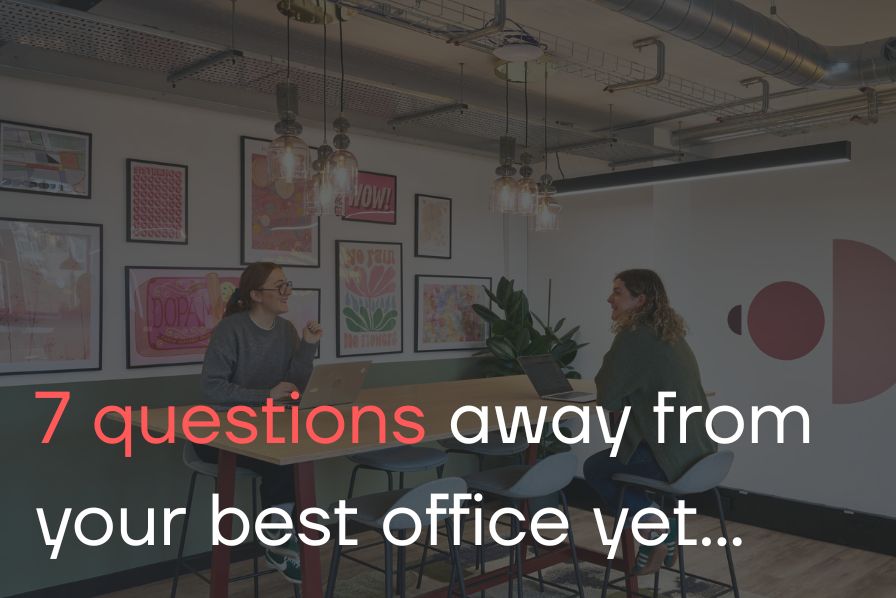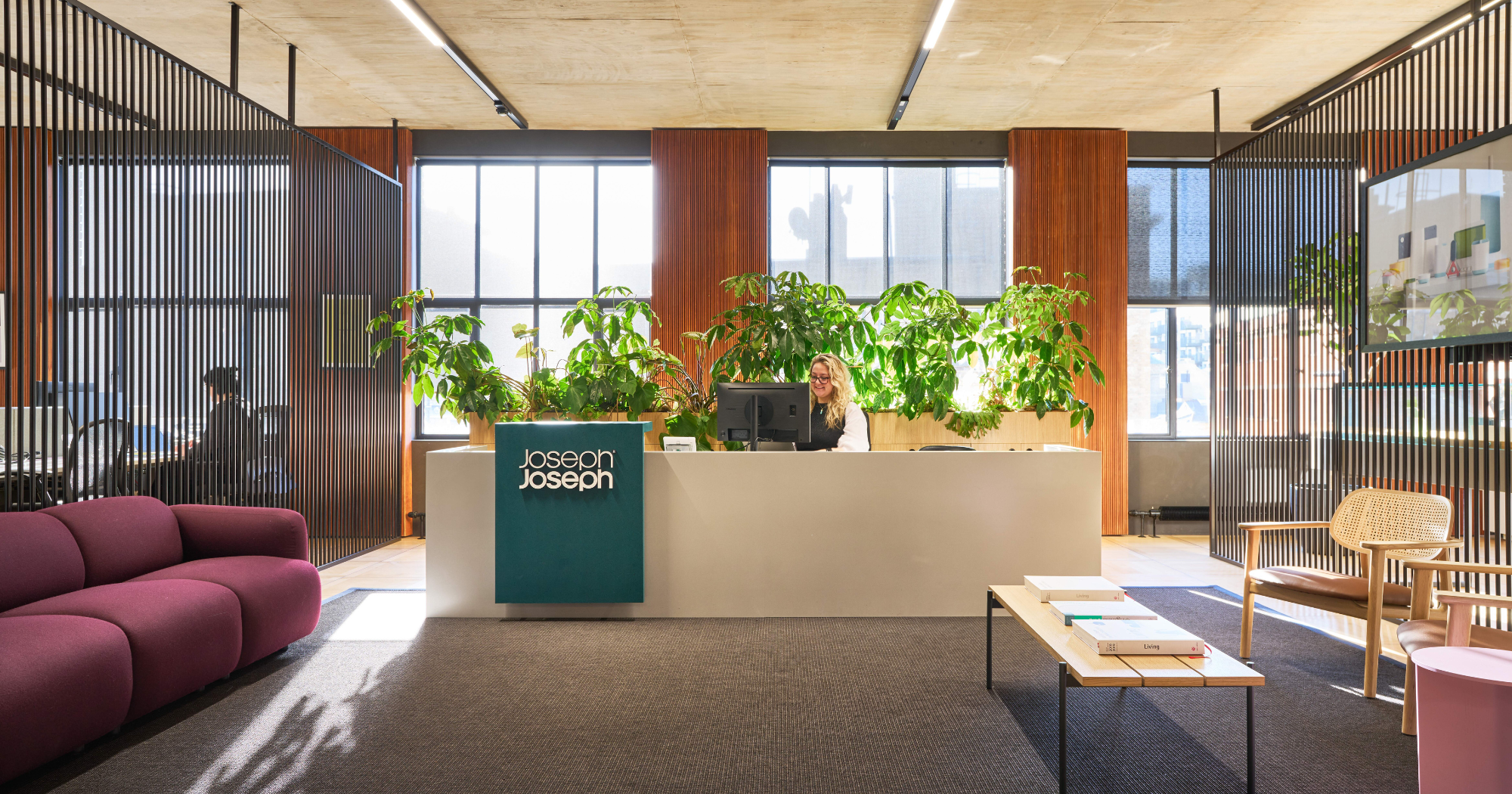Designing for all – Neurodiversity in the Workplace
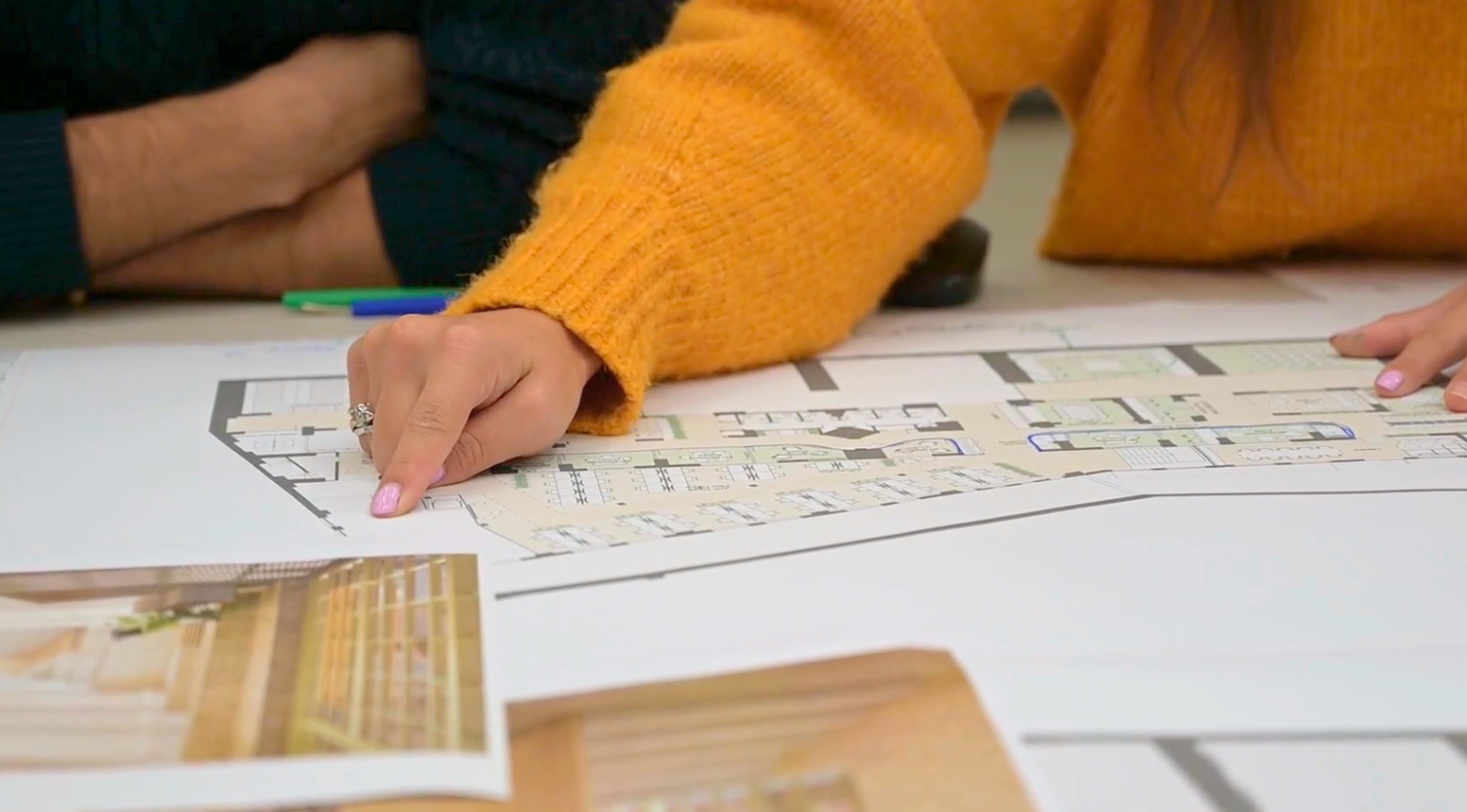
Inclusive design supports a wide range of physical abilities and neurodiverse individuals, benefiting everyone by catering to various needs, sensitivities, and behaviours. This means considering how elements like texture, sound, layout, colour, light, and furniture affect us.
Neurodiversity includes conditions like autism, ADHD, dyslexia, and age-related illnesses, affecting about 1 in 7 people in the UK. It’s about embracing all variations in human thinking. A well-designed workspace empowers neurodivergent individuals, helping them feel comfortable and confident while maximising their potential.
Neurodivergent individuals bring unique cognitive abilities such as hyperfocus, complex thinking, pattern recognition, and sensory sensitivity. These traits drive creativity, problem-solving, and resilience—key qualities for innovation and entrepreneurship. Icons like Albert Einstein, Stephen Hawking, Bill Gates, Steve Jobs, Elon Musk, and Emma Watson are neurodivergent, showcasing the immense potential and impact of neurodiversity in society.
Zoning in the Workspace
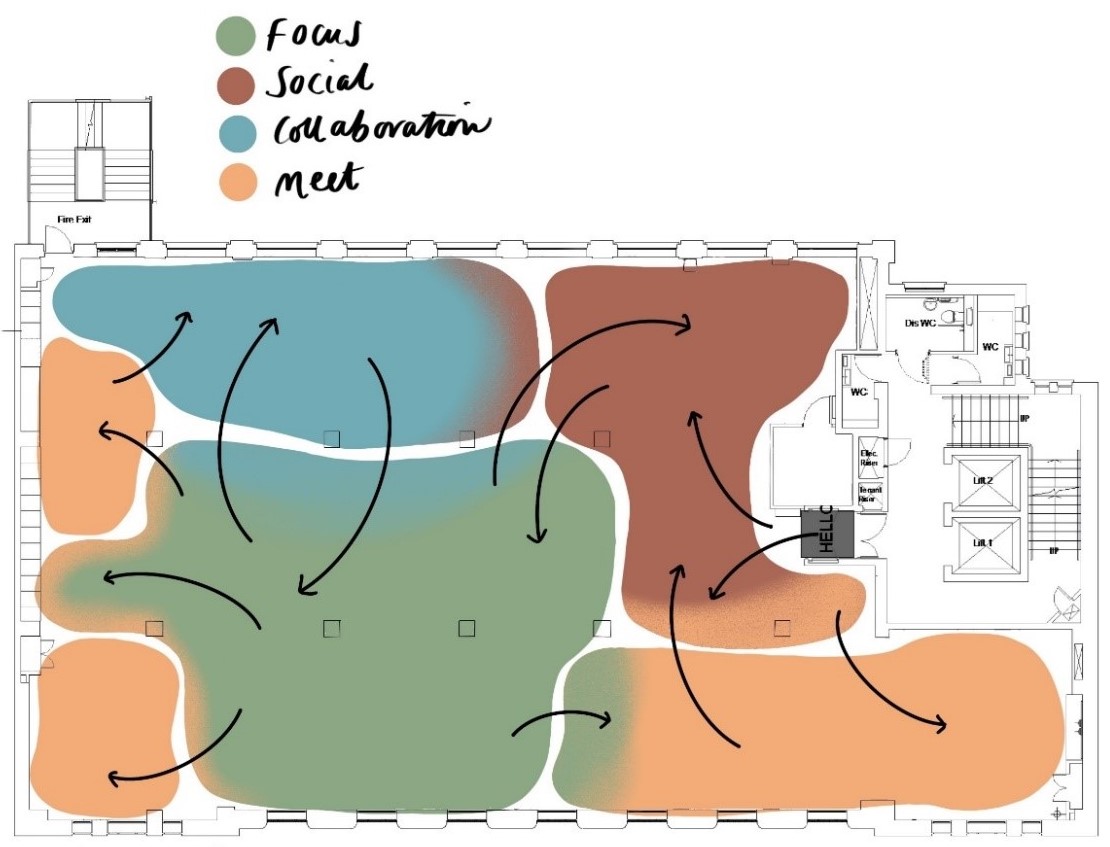
Seen above is a space plan designed by our Creative Manager, India Cornish. This layout accommodates various working styles and sensory needs, ensuring a supportive and dynamic workspace for all employees.
Focus Zones are for people who like quieter working positions. These spaces offer a calm environment for deep work and are equipped with soundproofing, adjustable lighting, and ergonomic furniture. Their central positioning ensures they are easily accessible while maintaining the tranquillity for concentration.
Social Zones include the teapoint and reception areas, which are naturally louder and busier in the workplace, where employees and visitors can come together and socialise. They are often placed near the entry, which is typically the busiest area in the workplace.
Collaboration Zones are the hybrid link that seamlessly bridges the gap between the areas dedicated to focused work and those meant for social interaction. They are ideal for group work, discussions, and casual meetings.
Meet Zones are pockets of meeting rooms dotted around where people can have more undistracted privacy. Soundproofing and adjustable lighting ensure these spaces are adaptable to various meeting needs.
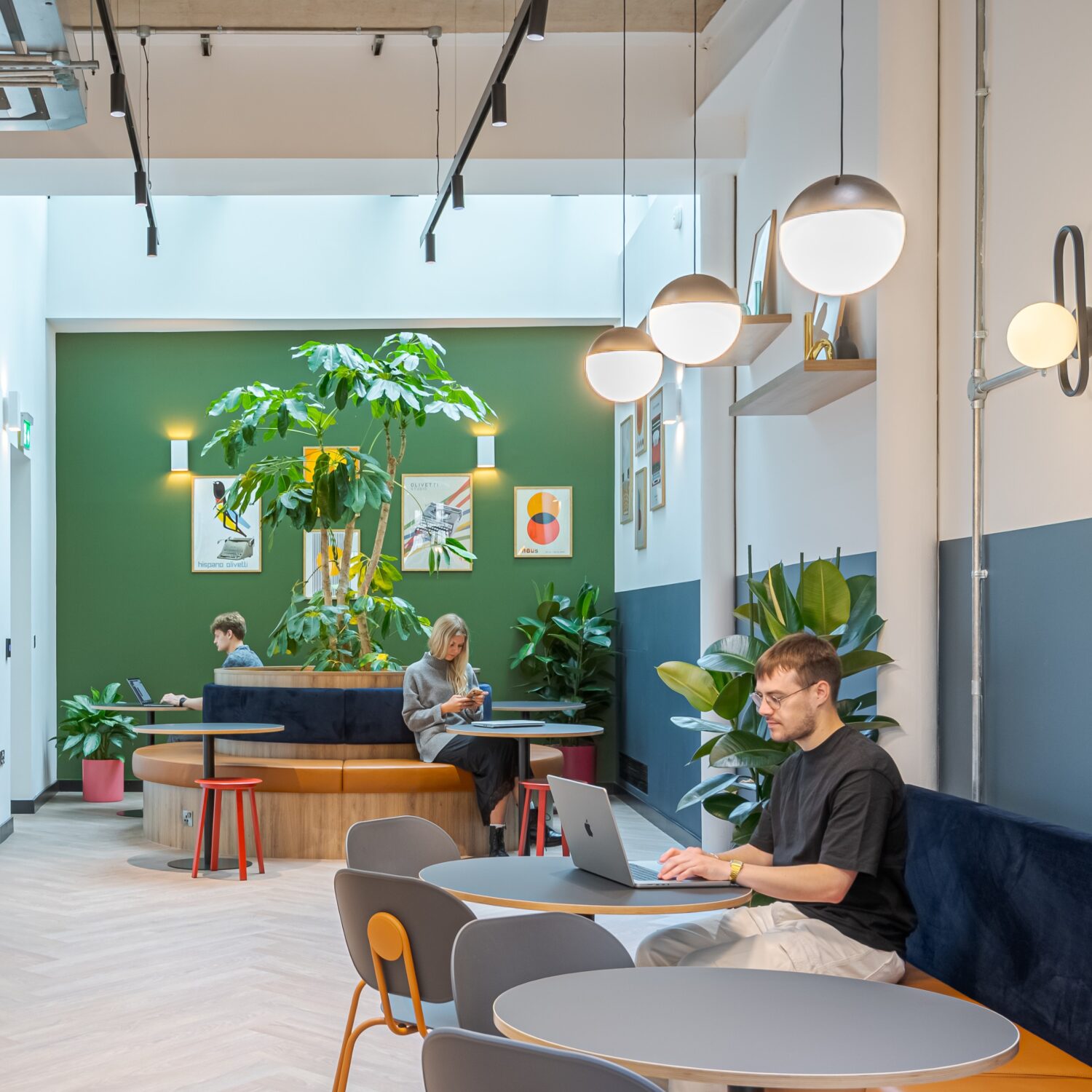
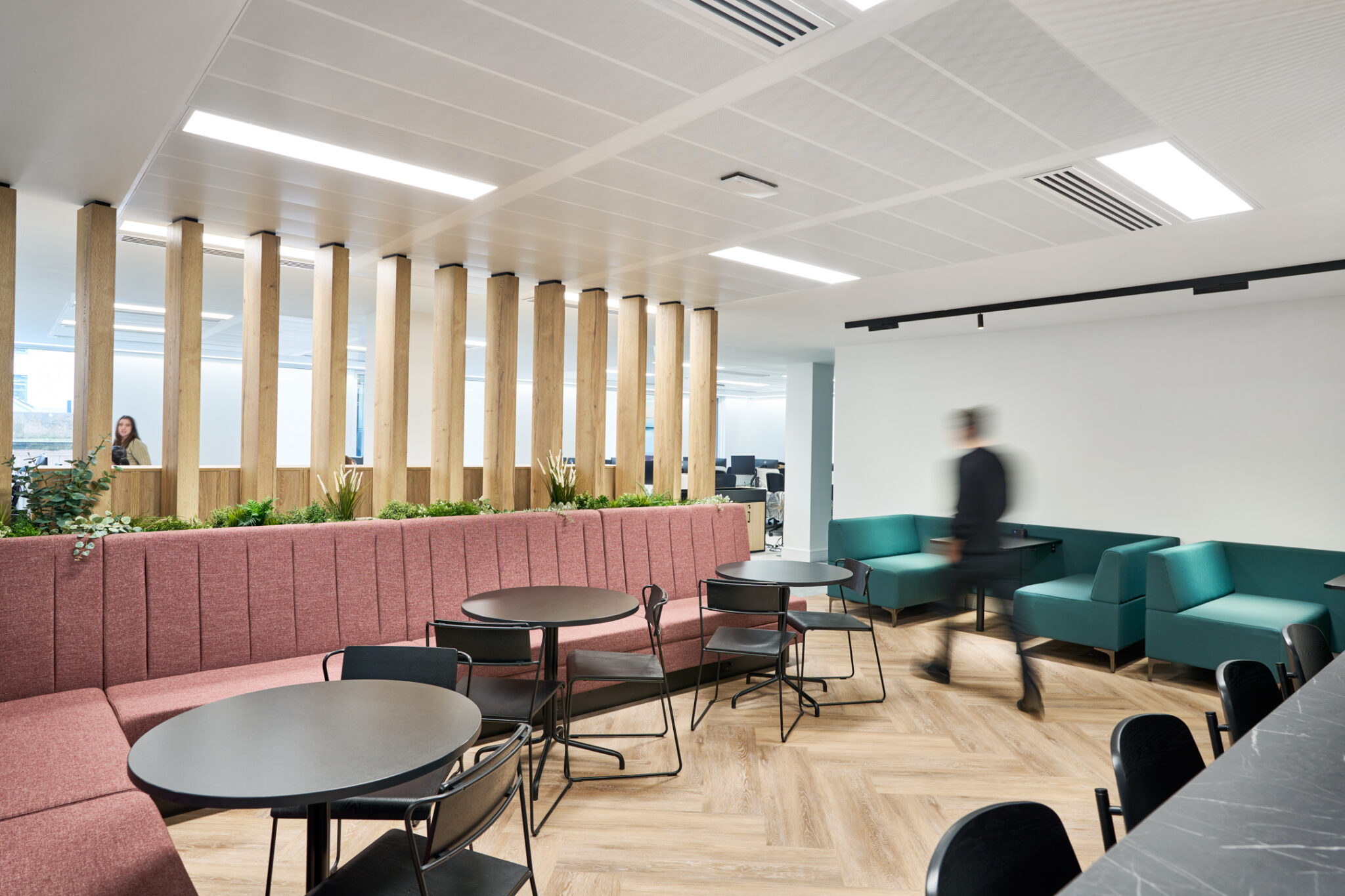
Design Philosophy
Our design philosophy prioritises a sensory-focused approach, using calming materials and colours while avoiding overly bright or harsh elements. This allows employees to control their environment, enhancing both comfort and focus. Flexibility is central to our design philosophy , enabling choices of workspaces based on individual needs, whether for quiet concentration or loud collaboration. Design isn’t just about what you see; it’s about what you touch, hear, and smell. Embracing neurodiversity means addressing these senses in our design, prioritising lighting, colour, texture, and layout to ensure the work environment adapts to different sensory needs and impacts. India says this approach “ensures everyone feels comfortable and included, making our workplace adaptable and supportive.”
Lighting: Lighting plays a significant role in creating the right atmosphere. Cool white lights over workstations boost productivity, while warm white lights in breakout zones and relaxation areas offer a soothing atmosphere similar to the difference between your kitchen and bedroom.
Colours: Colour choices are equally important. Softer tones like blues, greens, and natural tones promote relaxation, whereas bold colours such as reds, oranges, and yellows can be overwhelming, particularly for neurodivergent individuals. Using too many colours in one space can lead to sensory overload.
Texture: Incorporating a variety of textures provides additional sensory comfort. Your brain absorbs the surrounding environment through touch, which can be grounding when visual stimuli become overwhelming. Soft fabrics on chairs, acoustic panels on walls, and other tactile elements help create a soothing and balanced workspace.
Layout: Our spatial layout caters to different needs without creating hard boundaries. Instead of isolating individuals with defined zones, we create an environment where areas flow seamlessly into one another. Pockets of calming environments are integrated throughout the workspace, providing safe zones for individuals to retreat, gather their thoughts, and re-engage with their tasks. These spaces are accessible and discreet, ensuring no one feels singled out or excluded.
Discover how our inclusive design can empower your team and maximise your potential by contacting us today.
